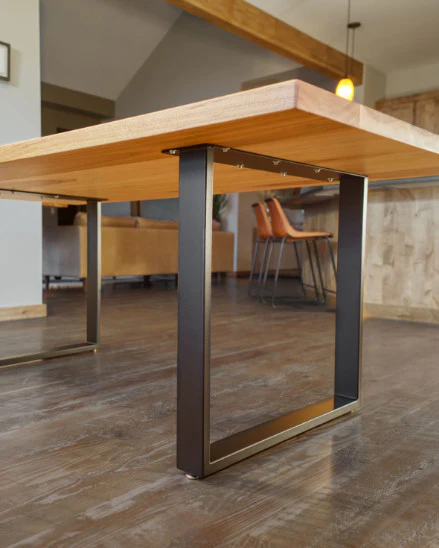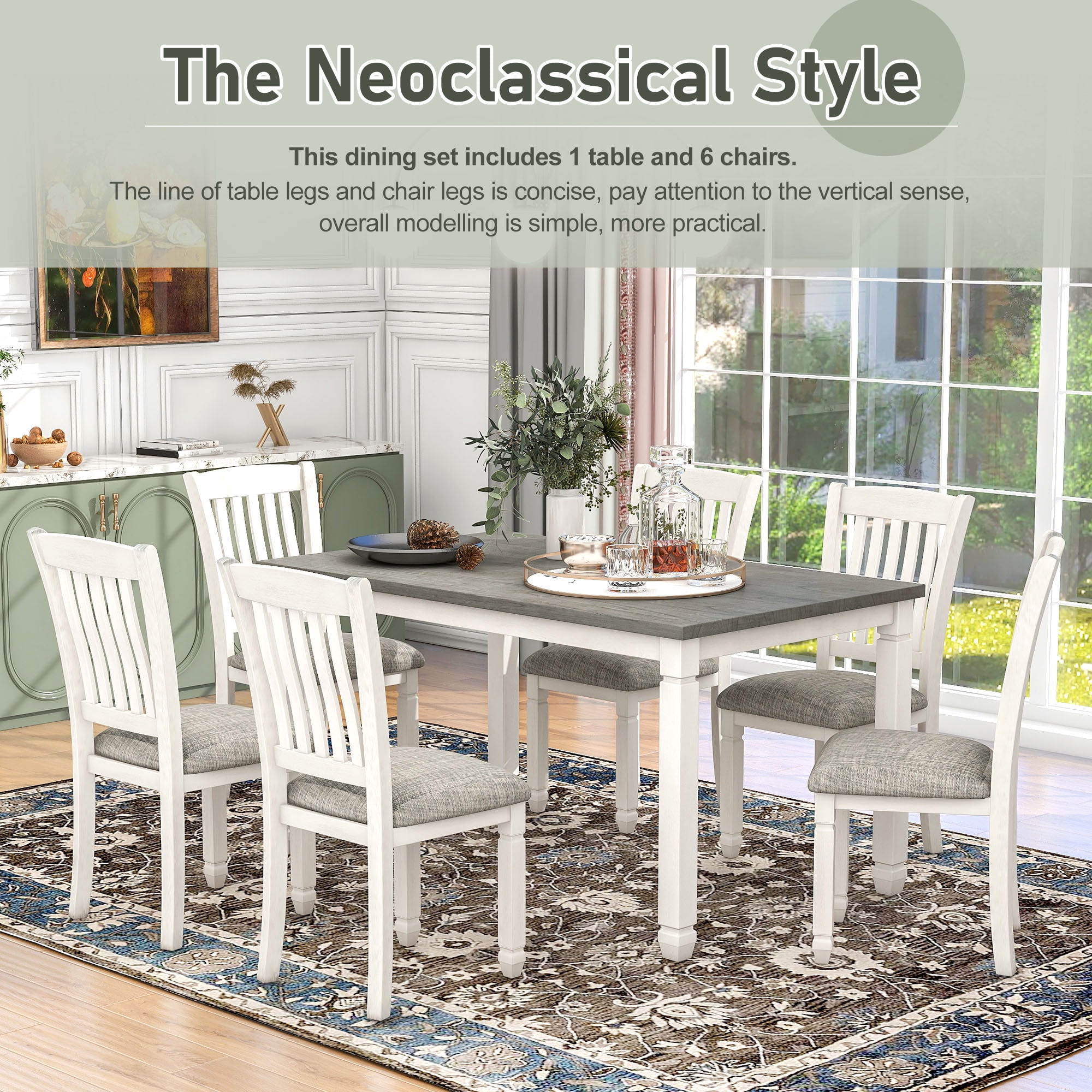The Impact of Dining Room Table Legs on Your Table's Overall Design
The Impact of Dining Room Table Legs on Your Table's Overall Design
Blog Article
From Conventional to Modern: Locate the Perfect Eating Room Table Legs for Your Design
While classic styles such as cabriole and transformed legs evoke a feeling of classic elegance, modern designs like hairpin and geometric choices provide a possibility for striking visual interest. As you take into consideration these elements, the question stays: exactly how can you flawlessly integrate these diverse leg styles to produce an unified eating experience?
Recognizing Table Leg Styles
The range of dining-room table leg designs can substantially affect both the visual appeals and functionality of the space. Each leg design adds one-of-a-kind aesthetic components and sensible features, catering to diverse layout choices and usage demands. Comprehending these styles is essential for selecting the appropriate table that straightens with your general interior decoration vision.
For example, tapered legs offer a tidy, timeless look that can improve a room's style, while pedestal bases give security and make the most of legroom, making them perfect for smaller sized areas. Hairpin legs, a trademark of mid-century modern-day style, introduce an industrial panache, allowing for a ventilated, open feeling. Trestle legs evoke rustic charm, giving robust assistance and a feeling of timelessness.
Moreover, the selection of materials plays a substantial role. Wooden legs can bring heat and structure, whereas steel choices commonly communicate a sleek, contemporary ambiance. Ultimately, recognizing table leg styles is essential for producing a natural dining location that reflects personal design while guaranteeing functionality and convenience. By attentively thinking about these aspects, you can improve both the functional and visual allure of your dining room.
Typical Table Leg Options
When selecting dining-room table legs, typical alternatives typically symbolize classic style and craftsmanship. These layouts reflect a rich heritage and a commitment to high quality, making them excellent for those who value timeless visual appeals.
One of the most renowned typical leg designs is the cabriole leg, characterized by its graceful curved shape. This style usually includes attractive makings and is most frequently discovered in Queen Anne and Chippendale furnishings. An additional preferred alternative is the transformed leg, which boasts a series of smooth, rounded shapes that provide a timeless appearance while keeping stability.
Moreover, the straight leg, while basic, offers a strong and basic structure that can blend effortlessly with a selection of tabletop designs. For those drawn to ornate detailing, claw-and-ball feet legs stimulate a feeling of majesty and can act as a magnificent focal factor in any type of dining area.
Finally, pedestal bases, although not strictly legs, give a different typical alternative that permits sufficient legroom and can be wonderfully carved. Each of these traditional leg designs adds to the overall ambiance of an eating space, marrying feature with visual appeal.

Modern Table Leg Styles
Modern table leg designs use a diverse series of styles that stress tidy lines and innovative products. These designs commonly prioritize performance while working as striking prime focus within a dining room. Minimalist appearances are common, with legs crafted from products such as metal, glass, and crafted wood, which add to a contemporary and airy feel.
One prominent layout is the hairpin leg, defined by its slender, tapered framework that provides stability without frustrating the tabletop (dining room table legs). This design is typically found in mid-century contemporary furnishings and can easily match numerous table shapes. One more fad is the use of geometric forms, where legs might take on angular pop over to this site or asymmetrical kinds, adding aesthetic passion and a touch of artistry

Mixing Designs for Special Rooms
Typically, property owners look for to create one-of-a-kind eating areas that show their personal design by mixing different design elements. This approach enables the unification of diverse visual appeals, resulting in an unified yet unique atmosphere. For example, matching a go to my site rustic wood table with smooth, modern steel legs can produce a captivating comparison that elevates the room's overall allure.
Additionally, incorporating vintage table legs with contemporary table tops can evoke a sense of background while maintaining a modern-day sensibility. Such mixes not only display individual taste however also urge creative thinking, enabling homeowners to curate an area that really feels both personal and inviting.
Shade plays a critical role in this mixing process; choosing table legs that enhance or contrast with the existing color pattern can boost visual passion. As an example, whitewashed legs can soften the daring of a dark table surface, developing a balanced aesthetic.
Tips for Picking the Right Legs
Selecting the right table legs is necessary for accomplishing both functionality and aesthetic allure in your dining space. Begin by thinking about the total style of your space. Typical settings benefit from legs that include detailed carvings or transformed layouts, while modern spaces may require smooth, minimalist styles.
Next, examine the elevation and security of the legs. dining room table legs. Standard table range between 28 to 30 inches in height, so make sure the legs match this measurement for convenience. Additionally, robust materials, such as hardwood or metal, can improve stability and durability
Examine the leg form too-- alternatives consist of directly, tapered, or pedestal styles. Straight legs use a traditional appearance, while tapered legs can add a touch of sophistication. Pedestal bases give ample legroom and are perfect for smaller spaces.
Conclusion
In summary, picking the suitable eating space table legs requires mindful consideration of both traditional and modern-day designs. By harmonizing leg design, height, and product with the general decoration, a cohesive and welcoming atmosphere can be attained.
The range of eating space table leg styles can significantly affect both the aesthetic appeals and functionality of the room. Ultimately, recognizing table leg designs is important for producing a cohesive dining location that reflects individual design while guaranteeing practicality and comfort.One of the most legendary conventional leg designs is the cabriole leg, identified by its graceful rounded form. Straight legs provide a timeless look, while tapered legs can redirected here include a touch of style.In recap, selecting the suitable dining space table legs calls for careful factor to consider of both traditional and modern-day designs.
Report this page